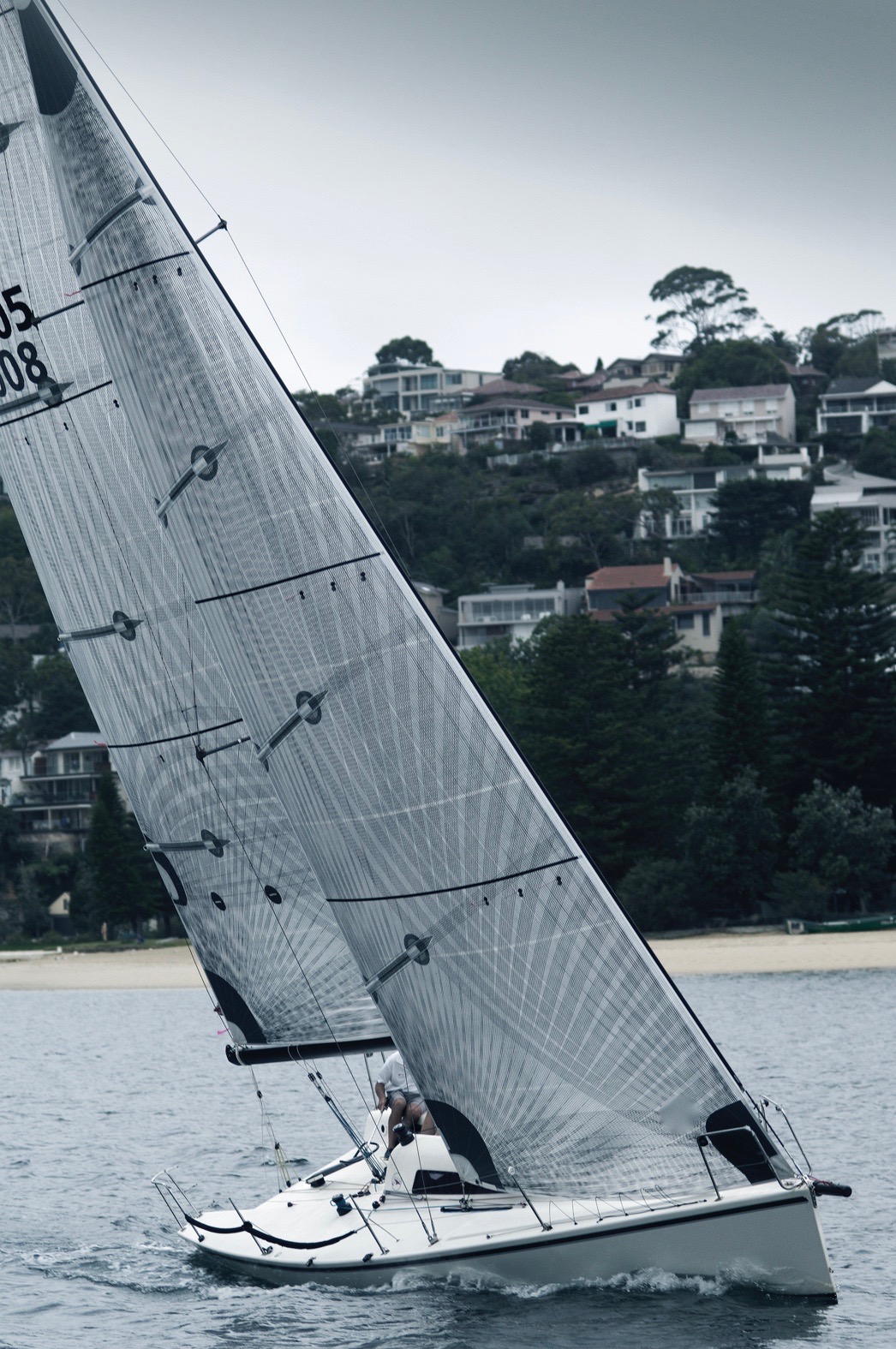The Evolution of Load Path and Continuous Fiber Sail Technology
Sail technology has undergone significant evolution over the centuries, driven by the quest for efficiency, performance, and durability. A pivotal development in this field has been the shift from traditional woven sails to modern continuous fiber sails. This change revolutionized how sails harness wind energy and transfer loads.
Traditional Sail Technology:
Historically, sails were crafted from woven fabrics like canvas or linen. These materials were effective but limited by their inherent properties, including weight, stretch, and vulnerability to wear. Sail shapes and designs relied heavily on the individual skill of the sailmaker. The available materials also played a significant role. As a result, sails were optimized for specific wind conditions. However, they were less versatile in variable winds.
Transition to Advanced Materials:
The late 20th century marked a turning point with the introduction of synthetic fibers such as Dacron and Mylar. These materials offered improved strength-to-weight ratios and reduced stretch compared to traditional fabrics. Sail designs began to incorporate laminated layers. They also used cut panels to enhance aerodynamics. This improved performance across a broader range of wind conditions. Yet, these sails still relied on seams and stitching. These connections introduced weak points. They created potential areas of failure under high loads.
Introduction of Continuous Fiber Technology:
In the late 1990s and early 2000s, sailmaking underwent another paradigm shift with the advent of continuous fiber technology. This innovation involves using high-performance fibers like carbon and aramid (e.g., Kevlar) in a continuous form, either as tapes or filaments. These fibers are embedded in a matrix of resin. This process creates a single, unified structure. It minimizes or eliminates traditional sail seams and stitching. Many of the early sails in this category suffered from delamination and brittle adhesive technology.
Advantages of Continuous Fiber Sails:
Continuous fiber sails offer several key advantages over traditional and even early synthetic sails. Firstly, they provide a more efficient load path from wind force to the boat’s structure. The fibers can be oriented precisely along the lines of stress. This minimizes deformation and improves aerodynamic efficiency, translating into better speed and control. Secondly, the elimination of seams reduces the risk of failure points, enhancing durability and reliability under extreme conditions. Thirdly, advanced composites make the sails lighter. These lighter sails can be more easily adjusted and trimmed. This provides sailors with greater responsiveness and agility on the water.
Technological Advances:
In recent years, continuous fiber sail technology has continued to evolve. Manufacturers have refined production techniques to further improve fiber alignment, bonding processes, and curing techniques. Computational fluid dynamics (CFD) and finite element analysis (FEA) have been used to model and simulate sail performance more accurately. This allows for customized designs tailored to specific racing or cruising needs.
Future Directions:
Looking forward, the development of smart materials and embedded sensors holds promise for the next generation of sails. These innovations might allow sails to adjust their shape in response to changing wind. They would also alter their stiffness in varying sea conditions. This would further enhance performance and efficiency.
The evolution of load path and continuous fiber sail technology signifies a significant leap ahead in sailmaking history. From the simplicity of woven fabrics, to the precision of advanced composites. Each evolution was driven by the pursuit of performance and reliability on the water. As technology continues to advance, sailors can expect more advancements in sail design. This will push the limits of sailing efficiency and performance.
The Zeptyr Continuous Fiber Membrane System advances this evolution. It improves on the known failure points of our competitors technology. We offer a stronger, more flexible technology. It prevents the common failure points at the creases of other technologies. This is because their thermal glue technology hardens over time. It becomes more brittle as the sail ages. We use a regenerative technology that maintains the integrity of the fiber to cover bond that significantly outlasts our competitors.



One response to “An introduction to the Evolution of Continuous Fibre Sail Technology.”
[…] Want to know more about the evolution of load path or continuous fiber sails? take a look at An introduction to the Evolution of Continuous Fiber Sail Technology. […]